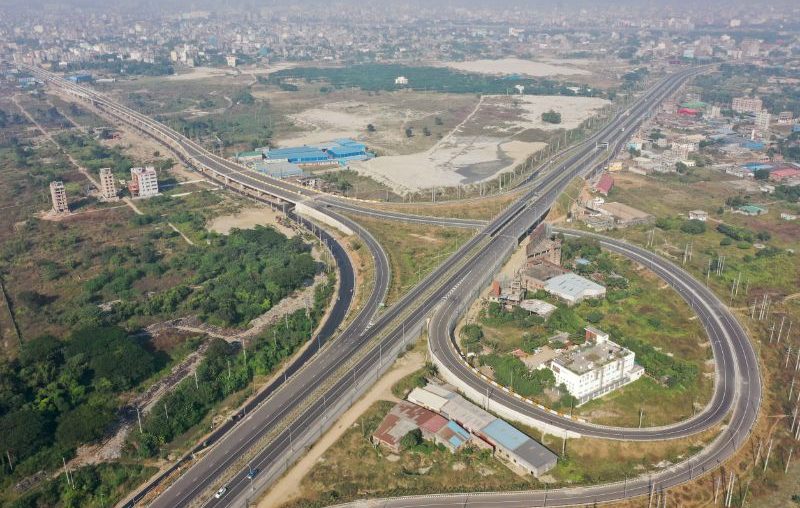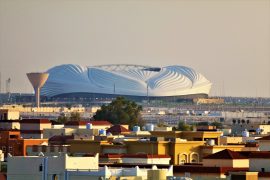It is said that the Padma Bridge is the key to changing the economical fate of the people of the southeastern part of the country. But it is not just the economy nor it only the people from the southeast. Padma bridge is also affecting the housing sector in and around the capital by enabling people to access property more easily whether buying, selling, or renting.
Undoubtedly the trade and economic activities of the entire southern region are going to be more dynamic around the Padma Bridge. The housing sector is no different. Here is how the Padma bridge will impact the real estate sector across the country.
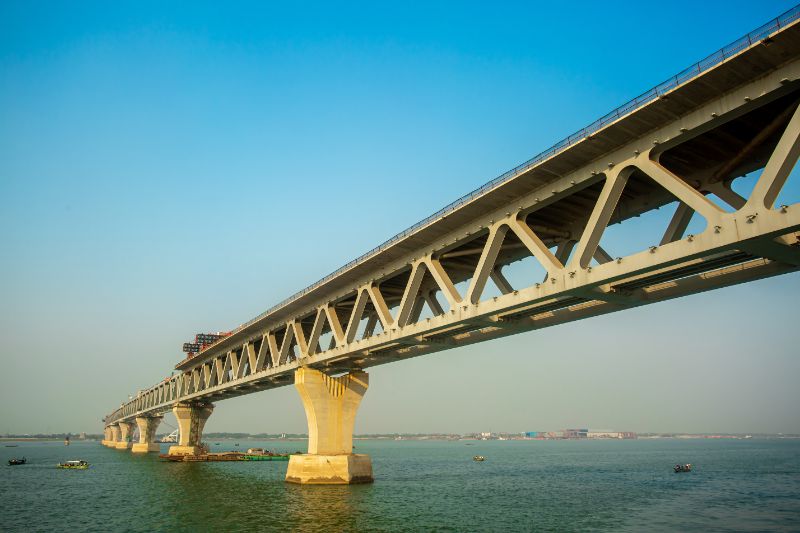
Increased property price
The real estate sector in the nearby areas of Dhaka, from Keraniganj to Mawa in Munshiganj is experiencing a positive change due to the Padma Multipurpose Bridge. Especially the land projects in these areas have become high potential properties in the span of a month because of the high accessibility, all thanks to the newly opened bridge. And due to better accessibility, numerous mills and factories are springing up on either side of the roads that connect the bridge.
Owing to these new prospects, the land near the bridge is appreciating faster. So is the demand for the property. As a result, not only do the commercial properties, but people also consider buying land and residential properties in the nearby areas. If the trend continues, the appreciation rate of properties in these areas will go up in the future as well.
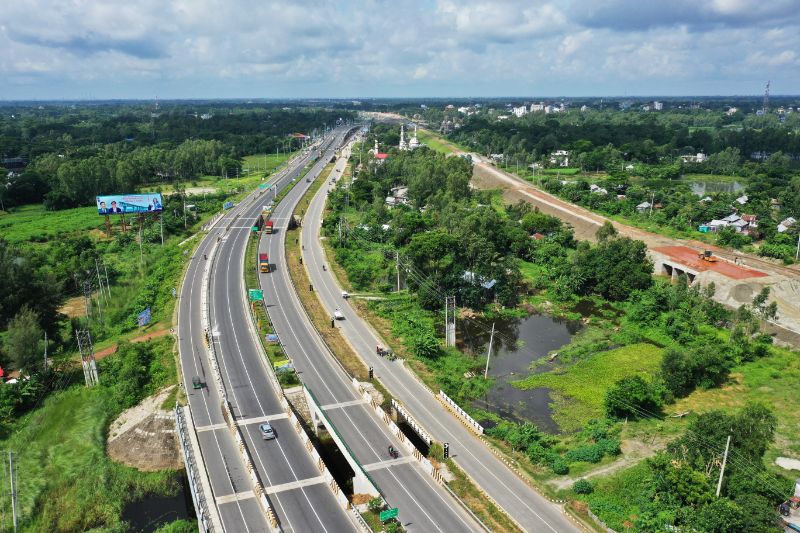
Expansion of property market
Owing to the accelerated industrial development near Keraniganj, Munshiganj, Shibchar in Madaripur, and from Vanga in Faridpur to Jajira in Shariatpur on the other side of the bridge, experts are hopeful that the per capita income will rise for the people living in those areas.
And the connection between increased income and the demand for housing is not far apart. So investment in real estate is expected to increase significantly in the coming times. Also, people who wanted to invest in properties over the long haul, are choosing areas like Keraniganj, Munshiganj, Mawa, and Vanga. That is to say, the property market is expanding beyond the metro barrier, all thanks to the Padma Multipurpose Bridge.
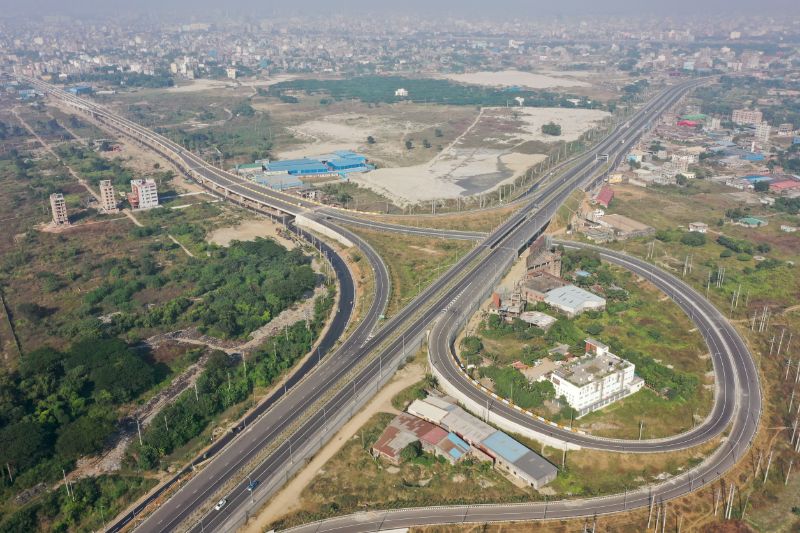
Increased investment rate
With the introduction of the Padma Multipurpose Bridge, what was once a wasteland has today become a valuable property. As a result, many investors are focusing their interest on the areas on both sides of the bridge. Especially, residents of Keraniganj, Munshiganj, and Banda area who are working abroad. Previously, despite having the financial capacity, they did not want to invest due to the unplanned nature of the development. However, with the Padma Multipurpose Bridge, the real estate scene is now different. As a result, they are becoming interested in buying land and flats either for living or investing. Not only expatriates, but people from different classes and professions are also showing their interest in buying properties due to the area’s close proximity to the capital.
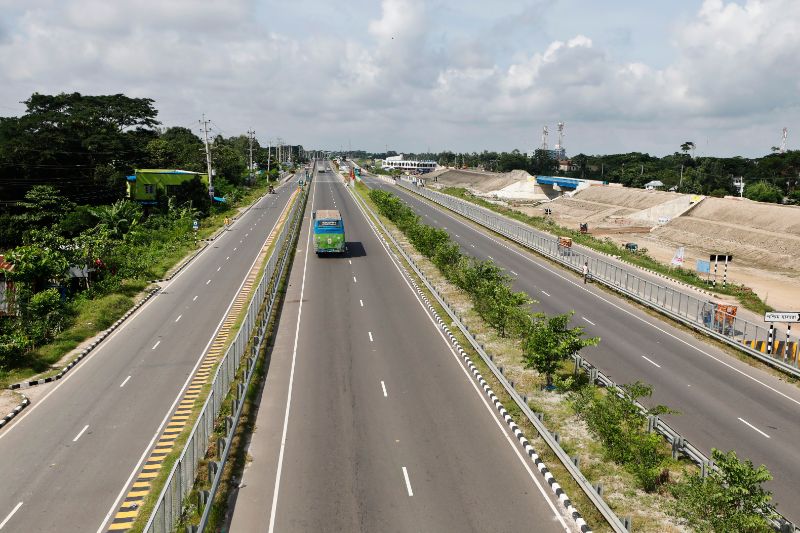
Reduction of property pressure in Dhaka
Another significant impact of the Padma Bridge on real estate is the reduction of property pressure inside Dhaka. People who used to prefer only Dhaka for property investment are now leaning towards the areas around Padma Bridge. As a result, the property pressure in Dhaka will witness a drop.
Being the capital city, the demand for properties in Dhaka is already much higher than the supply. Areas like Munshiganj, Keraniganj, Mawa, and Vanga will play an important role in meeting this demand. Due to Padma Bridge, there is going to be a radical change in house rent in Dhaka city as well. It takes only a few hours to reach the areas beyond the Padma. So instead of renting a house at a high price in Dhaka, many people are starting to move from the city.
The mindset that the housing industry can be developed outside the capital city has already been developed with the launch of the Padma Multipurpose Bridge. Far from Dhaka, the noise-free green areas are now the future of the housing sector.

